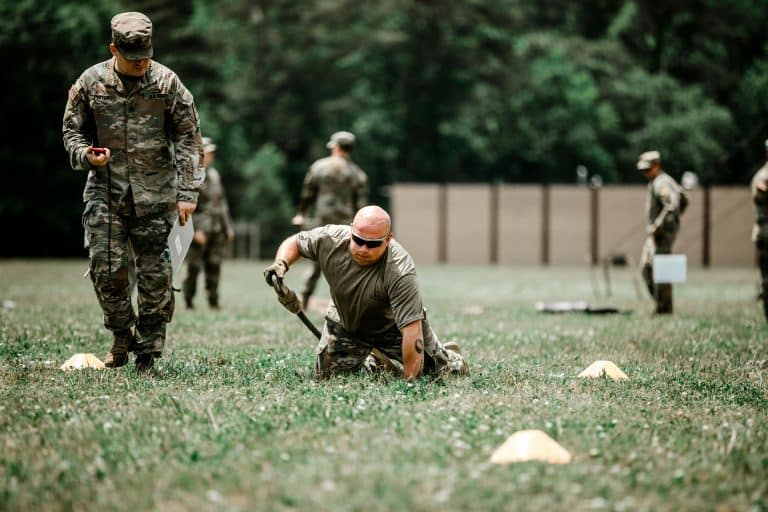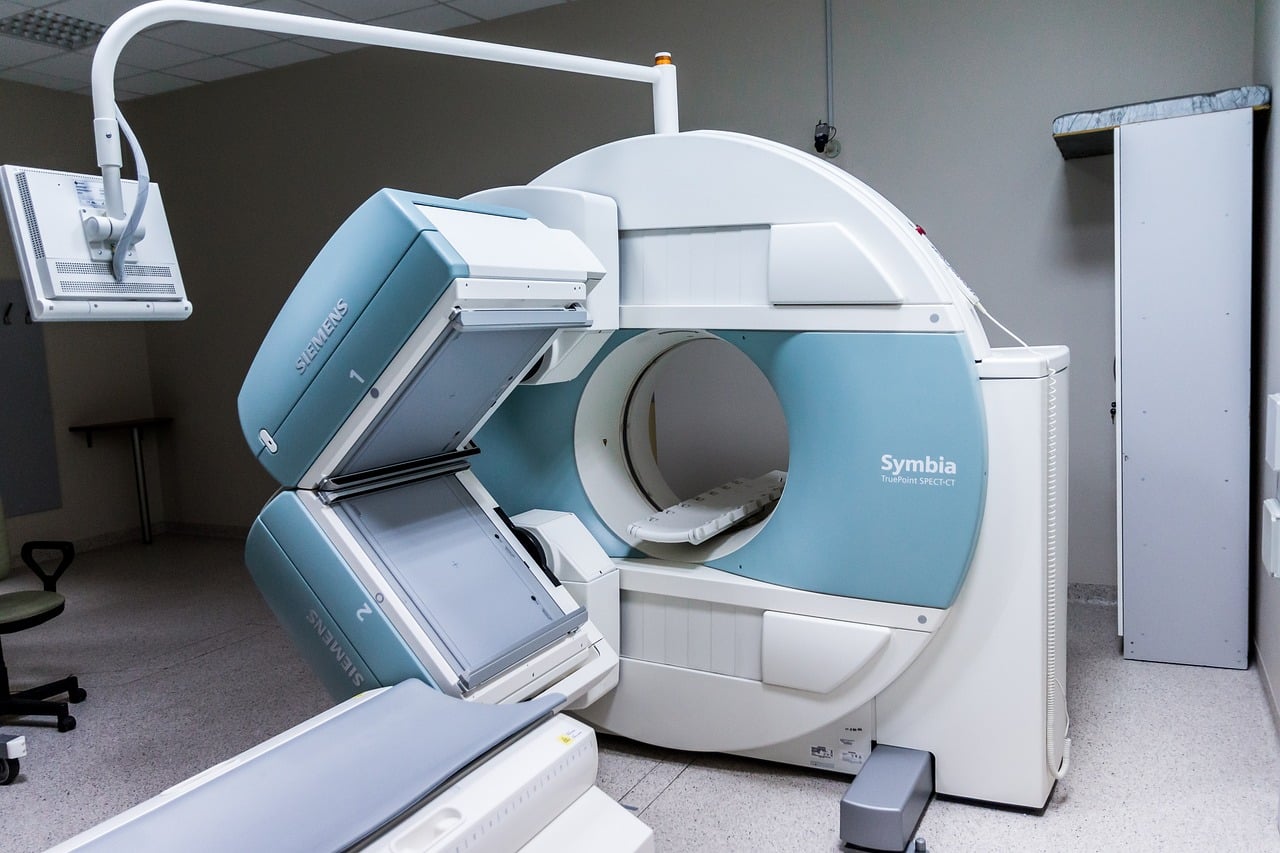The U.S. Army is once again overhauling how it measures physical readiness. Enter, the Army Fitness Test. After years of feedback and experimentation, the Army is officially replacing the Army Combat Fitness Test (ACFT) with the new Army Fitness Test (AFT). It is a strategic shift meant to refine the way soldiers are evaluated across the board. The change follows widespread criticism of the ACFT’s complexity, inconsistencies, and perceived irrelevance to combat roles. With the Army Fitness Test on the horizon, the Army is aiming to strike a balance between practicality, inclusivity, and battlefield preparedness.
The ACFT = Mixed Results
When the ACFT launched in 2019, it came with high expectations. Designed to better reflect the physical demands of modern warfare, the test introduced six events: the three-rep-max deadlift, standing power throw, hand-release push-ups, sprint-drag-carry, leg tuck (later replaced with the plank), and a two-mile run. It was ambitious and data-driven, intended to replace the outdated push-up/sit-up/run model of the old APFT with something more holistic and demanding.
However, it did not take long for cracks to show. Critics raised concerns that some events, like the standing power throw, seemed disconnected from real combat scenarios. The leg tuck, in particular, became a sticking point due to the high fail rate. While the test was meant to be gender neutral, it highlighted disparities rather than leveling the field. Commanders struggled with training logistics, and soldiers voiced frustration over inconsistent scoring and equipment access.
By 2023, after several rounds of adjustments and a pile of mixed reviews, the army acknowledged what many had been saying: the ACFT was not delivering on its core promise. While well-intentioned, it had become an over-engineered obstacle, one that complicated readiness evaluations instead of clarifying them. That realization paved the way for the next evolution: the Army Fitness Test.
Why the Army Fitness Test is Taking Over
The new Army Fitness Test is a recalibration. Slated for phased implementation starting June 1, 2025, the Army Fitness Test will cut things down to 5 events: the deadlift, hand-release push-ups, sprint-drag-carry, plank, and the two-mile run. Notably, it eliminates the standing power throw altogether. The goal is to focus on events that are directly applicable to combat readiness, while making the test more straightforward and logistically manageable for units across the force.
One of the most significant changes with the Army Fitness Test is the revised scoring system. Instead of trying to apply one universal standard, the Army Fitness Test introduces tiered scoring based on a soldier’s specific job. Those in combat arms roles will face higher minimum standards than those in support or administrative positions. This tailored approach aims to reflect the differing physical demands of each role without lowering expectations where they matter most.
The switch also takes into account extensive feedback, RAND Corporation studies, and over a million data points from ACFT results. Ultimately, the Army Fitness Test is being introduced to boost fairness, simplify evaluation, and build a stronger, more combat-ready force. It is about moving past a one-size-fits-all model and recognizing that performance, not just participation, defines readiness.
Conclusion
The transition from the ACFT to the Army Fitness Test signals a thoughtful pivot that reflects the Army’s commitment to practical, inclusive, and combat-relevant standards. By streamlining events and adjusting expectations based on real-world demands, the Army Fitness Test is poised to better serve both individual soldiers and the missions they support. While it may take some getting used to, this new test is a step toward a more agile and focused force. As with any major change, execution will be key. But for now, the army is betting that simpler and smarter will get the job done.








